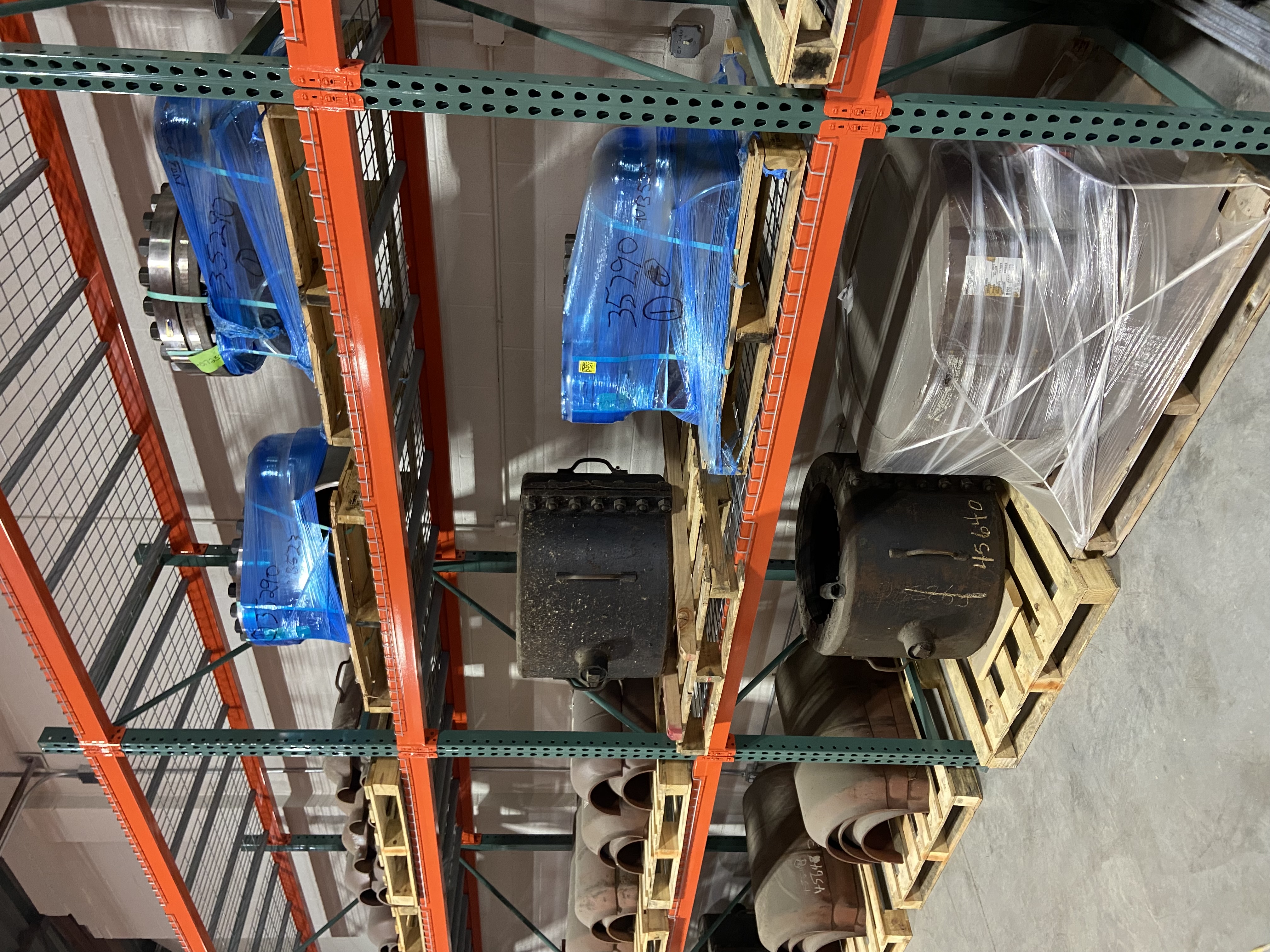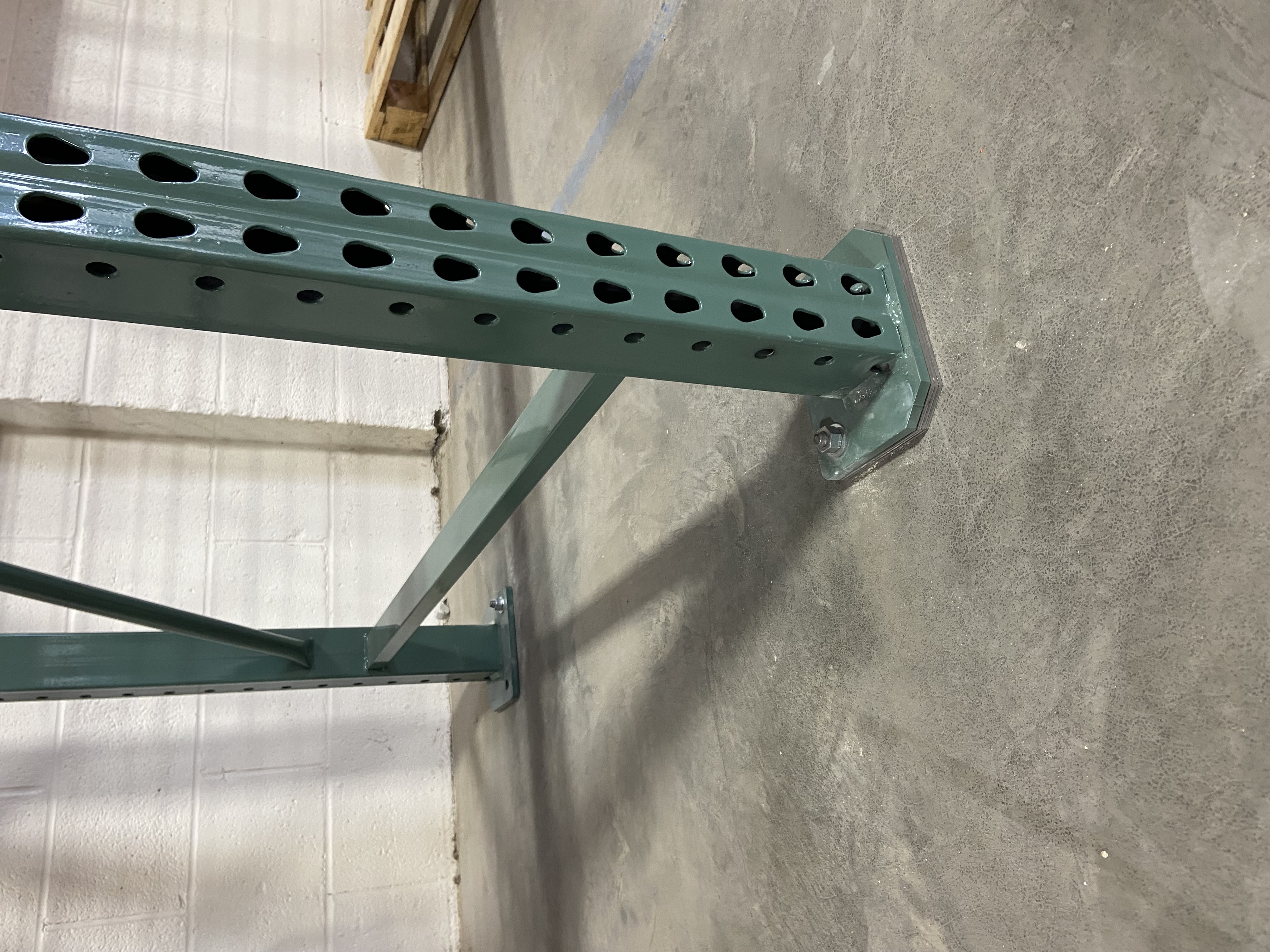Is Your Pallet Rack Prepared for Seismic Activity?
Posted by Audrey Hood on 31st Oct 2024
Earthquakes are often unexpected and can be scary, especially if you’re not prepared for the effects of one. According to the NASA Jet Propulsion Laboratory, there are about 55 earthquakes a day around the world. While most of these don’t cause damage, the larger quakes that hit leave chaos in their wake. Earthquakes with higher magnitudes can cause injuries to people and costly property damage.
With a trend towards maximizing space and having high-density storage in warehouses, it’s now more important than ever to have a safe working environment that is designed correctly in the case of an earthquake. With small aisles or tall pallet rack, these designs are things to consider when thinking about how safe your warehouse is from an earthquake.
Is your facility in a seismic zone?
Check the map from the Nuclear Regulatory Commission to see which zone you are located in. The darker red zones are higher risk while the light blue zones are lower risk. Depending on which zone you are in, some of the higher risk areas will require your storage design to meet certain safety codes.

Why is it important to prepare your operations in a seismic zone?
An earthquake can have varying effects that it leaves in its wake. The first could be damage to your inventory. If things are shaking and moving during an earthquake, your inventory is at risk of falling off the rack. If the items are damaged, their condition could prevent them from being turned over to the end user.
Depending on how much inventory is lost and how badly other storage racks are damaged from moving material, this can put a financial strain on your operations. Lastly, if things are not anchored into the ground properly, there is risk that your racking can topple over, potentially hitting a worker. These are all the negative effects that can affect operations that do not prepare ahead of time.

Do you have the correct pallet rack for your seismic region?
Pallet rack that goes in high seismic areas needs to be designed in a specific way, depending on the zone. Since there might be more movement in these areas than other places, this racking needs to be sturdier and braced differently than normal rack to withstand any strong movement. This could include heavier-gauge steel, additional bracing, oversized baseplates, larger-sized floor anchors, and additional number of anchors per baseplate.

|

|
Is your pallet rack anchored correctly for seismic activity?
In preparing for the effects of an earthquake, it’s important to consider what initiatives are in place. Pallet rack is a common storage solution in warehouses, and is often stacked high to maximize space. In the case of an earthquake, it is vital that this pallet rack is securely anchored to the ground. If not, there is a risk of this rack toppling over, spilling inventory from the racks and crashing to the ground where it might hit a warehouse worker.
For warehouse racking in seismic zones, foot plates are often larger than the standard size to ensure sturdiness. It is also essential that the racking is installed level, so baseplate shims are always good to have in hand when installing.

Preparing your warehouse based on your seismic region can seem like a lot especially if you don’t know where to begin. We’re here to help if you have any questions and can guide you through this pallet rack system. Be sure to reach out to Industrial Shelving Systems, and we’ll provide design ideas or the proper anchoring methods to ensure your warehouse safety is up to par if an earthquake hits.

 US Dollar
US Dollar
